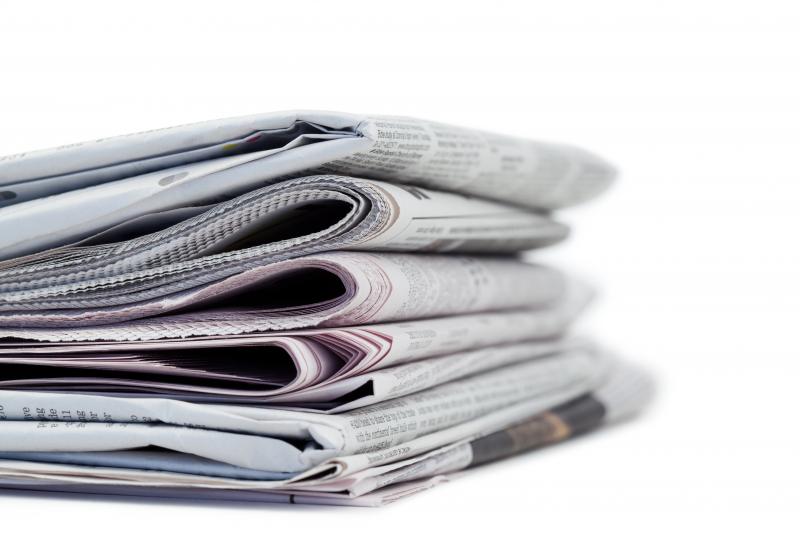
Whether you’re a non-profit, an advocacy group, or candidate, placing a print ad buy can be a frustrating process with plenty of hitches along the way. Below are some best practices to make sure your print ad buy goes as smoothly and painlessly as possible.
1. Ask for the right rate
Some newspapers charge different rates for political and non-political creative. While you may not want to tell the newspaper exactly what issue your ad will cover (or if you’re a consultant, who the client is that you’re reserving the space for), you will want to make sure you’re getting the rate that applies to your campaign. You don't want any last minute surprises for your budget.
2. Don’t be afraid to ask questions
When you’re talking to publications about print ad rates and availability, don’t hold back with your questions. Here are some things you’ll want to know when you’re deciding if a publication is right for your print ad:
-
What’s the circulation of your paper?
-
How often is it published?
-
What is the distribution area?
-
What are some characteristics of your readership? (Age, gender, median income, partisan leanings, etc.)
-
Which day of the week does your paper get the highest readership? (If it’s not a weekly paper)
Once you’ve decided that a publication will help you reach the folks who your print ad message will best resonate with, you should also make sure you get the following details:
-
When do you need creative?
-
Is pre-payment necessary?
-
What are the specs for the ad?
-
Is there a discounted rate if the ad runs more than once?
Lots of publications will list this information on their sites, but even if they do, confirm that the details they provide still ring true. Get these answers in writing and keep track of them in a spreadsheet (especially if you’re working with multiple papers).
3. Bigger isn’t always better
Most publications will give you the option to place a print ad with or without color and in varying sizes. Don’t get pressured into purchasing the most expensive options—it likely won’t increase the impact of your ad enough to make a meaningful difference. Design an ad that will be just as effective in black and white as it would be in color to cut costs. At the same time, realize that a half-page ad should garner enough visibility to be successful—no need to go for the full-page ad, but avoid the quarter-page option.
4. Confirm, confirm, confirm
Double and triple check all rates, dates, and specs with each publication you’re working with to be sure that you don’t run into any unforeseen problems. Get these details in writing if you can, so that the rate you get, is the one you’re charged for initially. Once you’ve placed your buy, be sure to follow up yet again to make sure you’re good to go.
5. Kindness goes a long way
Being nice to the folks you’re working with at publications to place your print ad buy will go a long way. For example, when TCW went to place nearly identical print ads with different headlines for the towns they were running in, a good relationship with the ads manager across three papers granted us flexibility with the fees typically charged for running different creative.
Have any questions about print ads? Feel free to comment below or reach out!